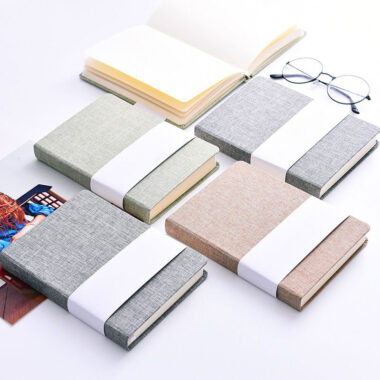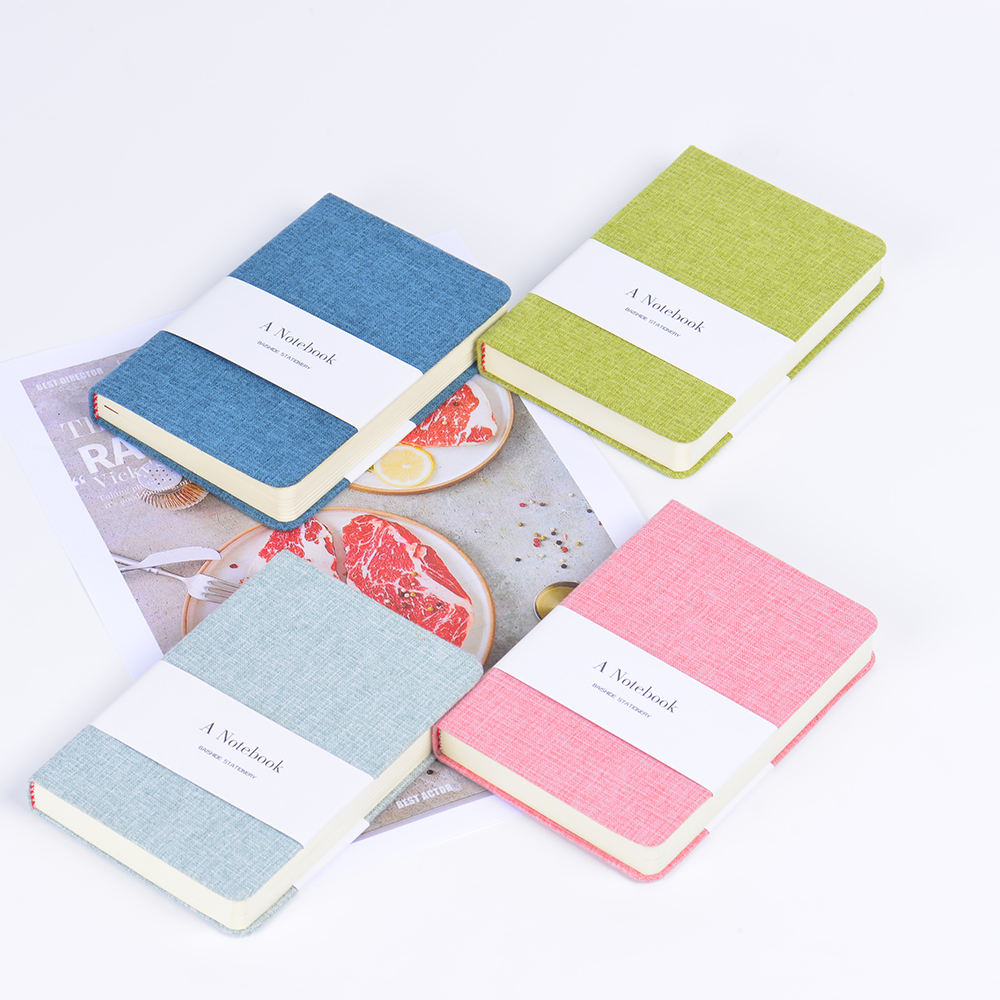Cover Boards and Warping Prevention: Greyboard, Chipboard, MDF
Introduction
A notebook’s cover is more than just a design element—it plays a critical role in durability, usability, and overall customer satisfaction. For B2B buyers sourcing bulk notebooks, the choice of cover board material directly impacts product quality and long-term performance. Greyboard, chipboard, and MDF are three of the most common options, each offering different levels of strength, finish compatibility, and resistance to warping. Understanding their properties helps buyers make informed decisions and minimize rejection risks.
Greyboard: Lightweight and Versatile
Greyboard, made from recycled paper pulp, is one of the most widely used materials in notebook covers. It is lightweight, cost-effective, and provides a stable base for laminations such as coated paper or fabric. Greyboard works well for standard retail notebooks and mid-range stationery products.
However, it has moderate resistance to humidity, meaning additional lamination or coating is often necessary to prevent warping. A professional Notebook Supplier typically recommends greyboard for budget-conscious buyers who still require consistent quality.
Chipboard: Affordable with Improved Strength
Chipboard is slightly denser than greyboard and offers better rigidity. It is commonly used in hardback notebooks, diaries, and sketchbooks where sturdiness is valued. Chipboard is also relatively easy to cut and shape, making it suitable for customized notebook projects.
For buyers serving the education sector, chipboard offers a good balance between cost and durability. Partnering with a reliable Sketchbook Supplier ensures access to chipboard notebooks designed for heavy daily use, particularly for art students and professionals.
MDF: Maximum Durability
Medium Density Fiberboard (MDF) is the strongest option among the three. Made by compressing wood fibers with resin, MDF offers superior durability and resists warping even in humid climates. While heavier and more expensive, MDF provides a premium feel, making it suitable for luxury notebooks, executive diaries, and special editions.
Its rigidity makes MDF ideal for high-end corporate gifting programs, where product longevity and brand prestige are paramount.
Warping Prevention Techniques
Regardless of material, suppliers implement additional methods to reduce warping risk:
-
Lamination: Applying plastic or fabric layers to seal the board.
-
Edge Wrapping: Protecting corners from moisture absorption.
-
Humidity Testing: Ensuring stability during shipping and storage.
B2B buyers should always request warping resistance tests, especially if the notebooks will be distributed in regions with high humidity.
Market Applications
-
Retail: Greyboard and chipboard are ideal for mass-market and mid-range stationery.
-
Education: Chipboard notebooks support heavy daily use in schools and universities.
-
Corporate: MDF provides a premium option for executive notebooks and branded gifts.
Conclusion
Choosing the right cover board material is essential for ensuring notebook durability and preventing costly quality issues. Greyboard offers lightweight affordability, chipboard delivers sturdier performance, and MDF provides maximum protection with a premium touch. By working with an experienced Notebook Supplier for general needs and a specialized Sketchbook Supplier for heavy-use or artistic applications, buyers can balance cost, quality, and durability—ensuring long-term market success.















